Rising Awareness of Menstrual Health
The increasing awareness surrounding menstrual health is a pivotal driver for the Sanitary Pad Market. Educational initiatives and advocacy campaigns have contributed to a more informed consumer base, leading to a heightened demand for sanitary products. Reports indicate that approximately 70% of women are now more conscious of the importance of menstrual hygiene, which has resulted in a surge in the purchase of sanitary pads. This awareness not only promotes better health practices but also encourages women to seek out high-quality products that align with their needs. Consequently, manufacturers are responding by diversifying their product lines to cater to this growing demand, thereby enhancing their market presence and competitiveness.
Increased Focus on Hygiene and Health Standards
The heightened focus on hygiene and health standards is a driving force in the Sanitary Pad Market. Consumers are increasingly prioritizing products that ensure safety and cleanliness, particularly in the wake of rising health consciousness. Regulatory bodies are also imposing stricter guidelines on product safety, which has led manufacturers to enhance their quality control measures. Market analysis reveals that the demand for hypoallergenic and dermatologically tested sanitary pads is on the rise, as consumers seek assurance regarding the safety of the products they use. This trend not only influences purchasing decisions but also encourages brands to invest in certifications and quality assurance processes to build consumer trust.
Technological Advancements in Product Development
Technological advancements play a crucial role in shaping the Sanitary Pad Market. Innovations in materials and manufacturing processes have led to the development of ultra-thin, highly absorbent pads that offer enhanced comfort and protection. For instance, the introduction of organic and biodegradable materials has gained traction among environmentally conscious consumers. Market data suggests that the segment of eco-friendly sanitary products is expected to grow at a compound annual growth rate of 8% over the next five years. This trend indicates a shift towards sustainable options, prompting manufacturers to invest in research and development to create products that meet both performance and environmental standards.
Growing Female Population and Changing Demographics
The growing female population, coupled with changing demographics, serves as a significant driver for the Sanitary Pad Market. As more women enter the workforce and pursue higher education, their purchasing power increases, leading to a greater demand for sanitary products. Additionally, urbanization trends have resulted in women having more access to a variety of sanitary options. Data indicates that the female population aged 15-49 is projected to reach 1.2 billion by 2026, further amplifying the market potential. This demographic shift compels manufacturers to tailor their marketing strategies and product offerings to meet the diverse needs of women across different age groups and lifestyles.
Expansion of Distribution Channels and E-commerce Growth
The expansion of distribution channels, particularly through e-commerce platforms, is transforming the Sanitary Pad Market. The convenience of online shopping has made it easier for consumers to access a wide range of products, including specialty and niche brands. E-commerce sales of sanitary products have seen a remarkable increase, with estimates suggesting a growth rate of 15% annually. This shift in purchasing behavior is prompting traditional retailers to enhance their online presence and adapt to changing consumer preferences. As a result, manufacturers are increasingly collaborating with e-commerce platforms to reach a broader audience, thereby driving sales and market penetration.


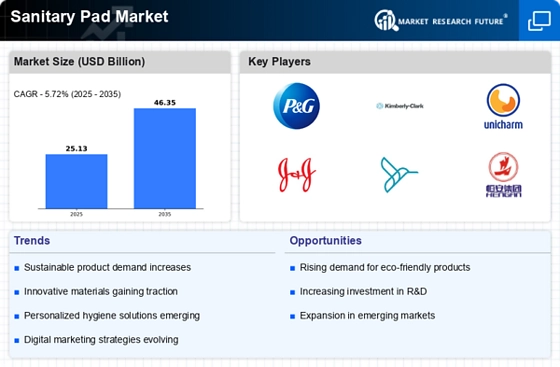
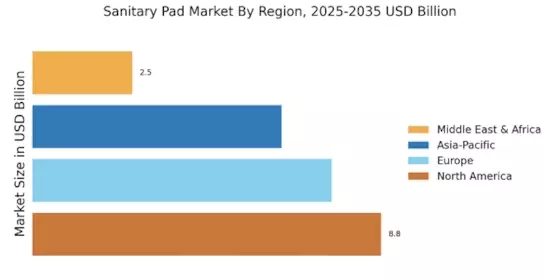

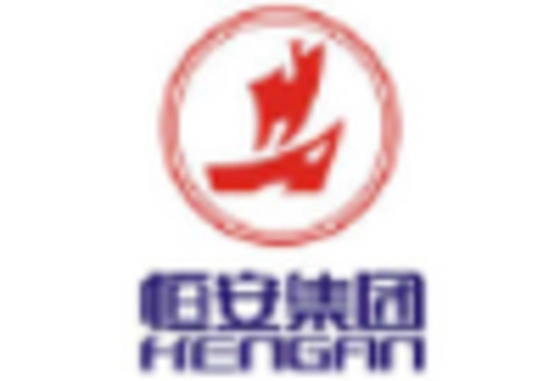

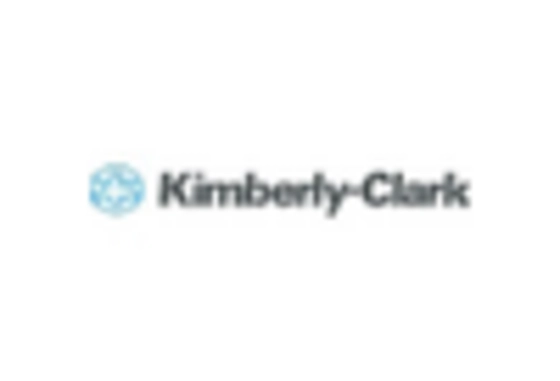

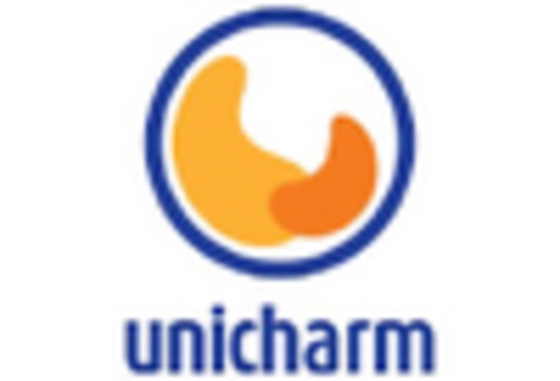








Leave a Comment